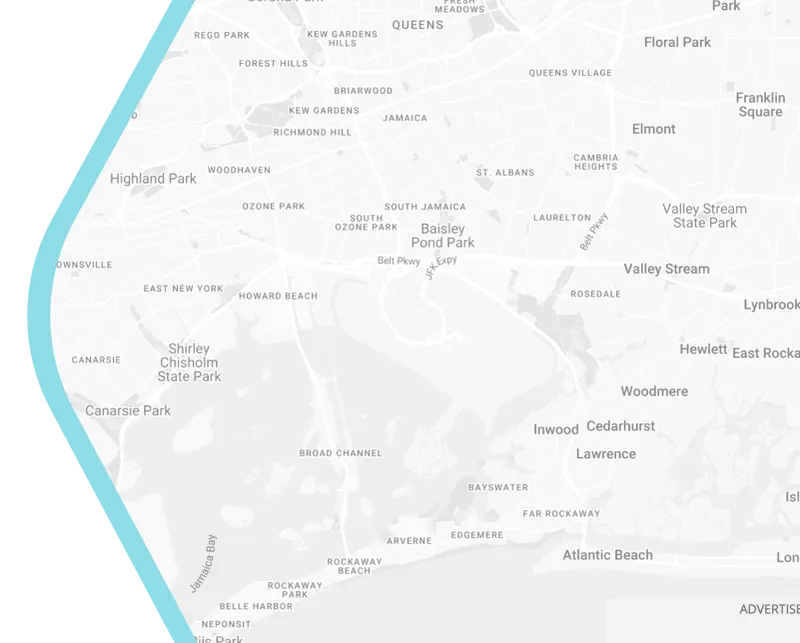
Managing Crowds and Enhancing Safety at Urban Events with Smart City Technologies
This comprehensive Smart City SS article details how smart city technologies revolutionize crowd management and safety at urban events. It covers key solutions like IoT and AI, highlights significant benefits including improved safety and efficiency, discusses implementation challenges, and showcases Smart City SS's expertise in creating secure urban gatherings.



























.avif)




